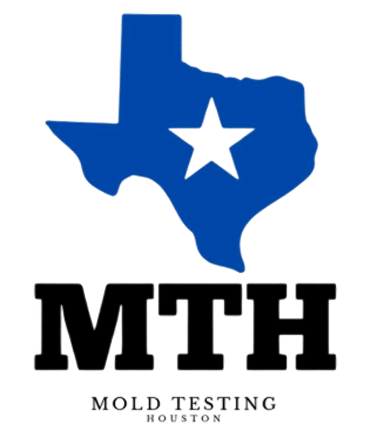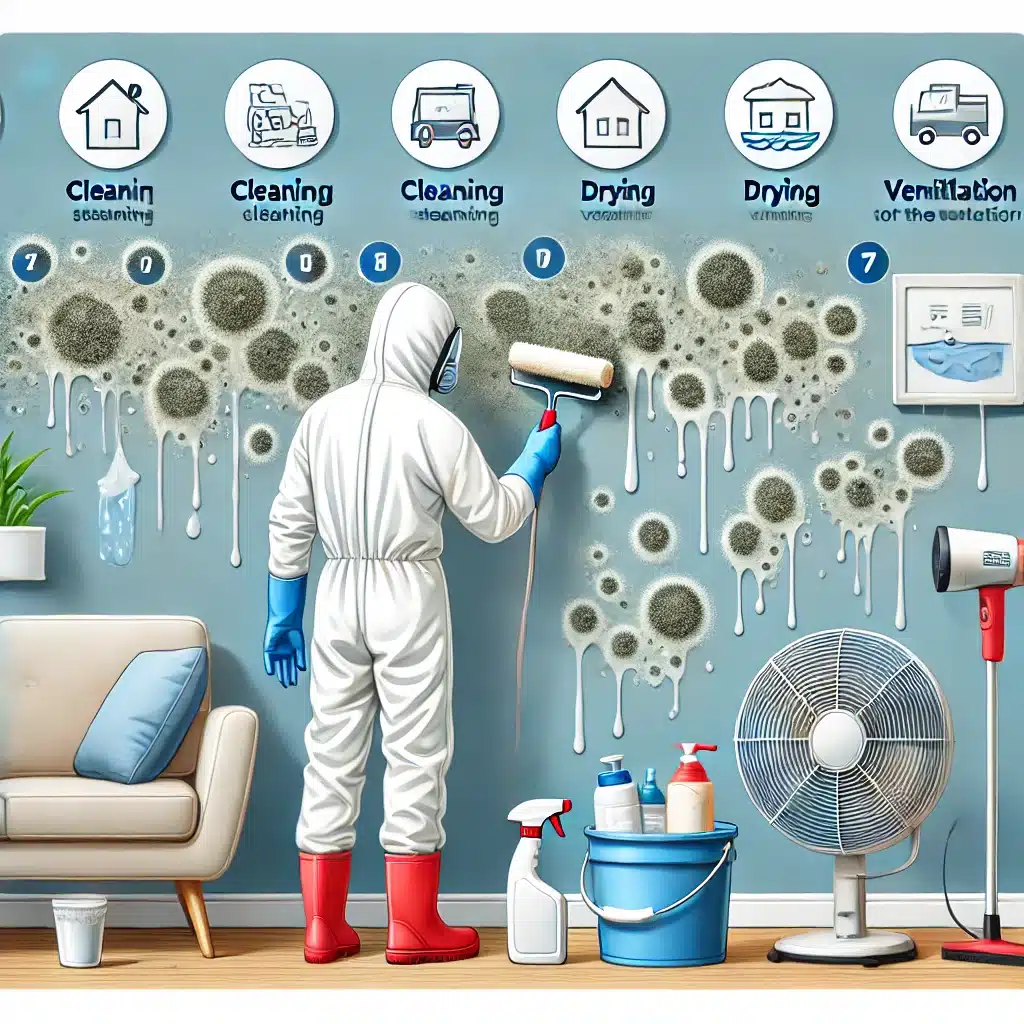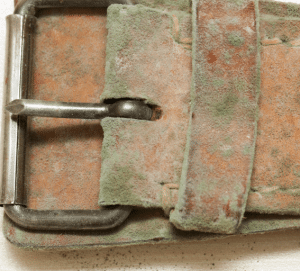Mold odor in walls is a common issue that many homeowners face, and it can be a persistent and unpleasant problem. This musty, damp smell is caused by the presence of mold growth within the walls, which can occur due to various factors such as moisture intrusion, poor ventilation, or water damage. The odor itself is not only unpleasant but can also be a sign of a larger mold problem that needs to be addressed. To effectively identify and tackle this issue, a thorough mold inspection and mold testing are essential steps.
Mold is a fungus that grows in moist and humid conditions. It can grow on a variety of surfaces, including wood, drywall, insulation, and even concrete. When mold grows within the walls, it releases volatile organic compounds (VOCs) that contribute to the distinct musty odor. This odor can permeate throughout the home, making it difficult to eliminate without addressing the root cause of the mold growth.
Health Risks Associated with Mold Odor
While the mold odor itself may not pose a direct health risk, the presence of mold within the walls can have adverse effects on indoor air quality and potentially lead to various health issues. Exposure to mold can cause respiratory problems, allergic reactions, and exacerbate conditions such as asthma or chronic obstructive pulmonary disease (COPD). In some cases, prolonged exposure to certain types of mold can even lead to more severe health complications.
It is essential to address mold odor promptly, not only for the sake of eliminating the unpleasant smell but also to protect the health and well-being of those living in the home. Ignoring mold growth can lead to further spread and potentially cause structural damage to the property.
The Source of the Mold Smell
Before attempting to eliminate the mold odor, it is crucial to identify the source of the mold growth. This can be a challenging task, as mold can thrive in hidden areas within the walls, making it difficult to locate the exact location of the problem. Some common signs that may help pinpoint the source include:
Visual inspection
Start by looking closely at the walls and surrounding areas for any visible signs of mold growth. This can include discoloration, unusual stains, or fuzzy patches that might appear on surfaces near the affected area. These are all indicators that mold might be present and spreading.
Moisture detection
To identify areas with high moisture levels, use tools like a moisture meter or an infrared camera. Elevated moisture levels often point to potential sources of water intrusion or condensation, which are common causes of mold growth. By finding these damp spots, you can address the underlying issue that is promoting mold development.
Odor intensity
Pay attention to where the mold smell is the strongest. The intensity of the odor can help you pinpoint the exact location of the mold growth. If you notice a musty smell that is particularly strong in a certain area, it’s a good sign that mold is lurking nearby.
Wall cavities
Don’t forget to inspect hidden areas that can harbor mold growth. Check behind baseboards, around windows and doors, and in attic or crawl spaces. These spots are often overlooked but can be prime locations for mold to thrive. Mold can easily spread in these concealed areas, making it crucial to include them in your inspection.
Tips for Preventing Mold Odor in Walls
Prevention is always better than cure when it comes to mold growth and odor. By taking proactive measures to control moisture levels and maintain proper ventilation, you can significantly reduce the risk of mold growth within your walls. Here are some tips to help prevent mold odor in walls:
Manage Humidity Levels
Keeping the humidity levels in your home between 30% and 50% is crucial. You can achieve this by using dehumidifiers, air conditioners, or ensuring proper ventilation. Maintaining these levels helps prevent mold growth and keeps your living environment comfortable and healthy.
Repair Leaks Promptly
It’s important to address any water leaks right away, whether they are from plumbing, roofing, or other sources. Prompt repairs prevent moisture buildup, which can lead to mold growth and structural damage in your home.
Improve Ventilation
Good air circulation is essential for a healthy home. Be sure to use exhaust fans in bathrooms and kitchens to get rid of excess moisture. Additionally, consider installing a whole-house ventilation system to improve overall air quality and prevent mold.
Insulate Properly
Proper insulation in your home helps prevent condensation buildup within the walls. This is important because condensation can lead to mold growth. Ensure your insulation is effective and consider upgrading it if necessary to keep your home dry and mold-free.
Monitor Moisture Levels
Regularly checking for elevated moisture levels in your home is a good practice. Use a moisture meter to check walls, especially in areas prone to condensation or water intrusion. Monitoring moisture helps you address potential issues before they become serious problems.
Best Practices for Cleaning Moldy Walls
If you have identified mold growth within your walls, it is essential to take appropriate steps to clean and remediate the affected areas. Here are some best practices for cleaning moldy walls:
Protect yourself
Wear appropriate personal protective equipment (PPE), such as an N95 respirator mask, goggles, and gloves, to avoid exposure to mold spores and potential health risks.
Contain the area
Isolate the affected area by sealing off doors, vents, and other openings to prevent the spread of mold spores to other parts of the home.
Remove porous materials
Discard any porous materials, such as drywall, insulation, or carpeting, that have been extensively contaminated by mold growth, as they cannot be effectively cleaned.
Clean non-porous surfaces
For non-porous surfaces like wood or concrete, use a solution of detergent and water or a specialized mold-killing cleaner to scrub and remove the mold growth.
Dry the area thoroughly
After cleaning, ensure the area is completely dried to prevent further mold growth. Use fans, dehumidifiers, or other drying equipment as necessary.
Natural Remedies for Eliminating Mold Smell
In addition to cleaning and remediation efforts, there are several natural remedies that can help eliminate mold odor from your walls. These remedies are often cost-effective and environmentally friendly alternatives to harsh chemical products. Here are some natural remedies you might consider:
Baking soda
Sprinkle baking soda on the affected areas and let it sit for several hours before vacuuming or wiping it away. Baking soda is a natural deodorizer and can help absorb and neutralize mold odors.
White vinegar
Combine equal parts of white vinegar and water in a spray bottle, then spray the mixture onto the affected areas. Vinegar is a natural disinfectant and can help kill mold spores and eliminate odors.
Tea tree oil
Add a few drops of tea tree oil to a spray bottle filled with water and spray the solution onto the affected areas. Tea tree oil has natural antifungal and antimicrobial properties that can help eliminate mold and its associated odors.
Activated charcoal
Position bowls filled with activated charcoal around the affected areas. Activated charcoal is highly porous and can absorb and trap mold odors and other airborne pollutants.
Sunlight
Expose the affected areas to direct sunlight whenever possible. The ultraviolet rays from sunlight can help kill mold spores and eliminate odors.
Using Professional Mold Odor Removal Products
Sometimes, natural remedies aren’t enough to eliminate stubborn mold odors. Professional mold odor removal products offer a more effective solution. These products, often using specialized enzymes or oxidizing agents, are designed to neutralize and eliminate mold odors.
When using these products, follow the manufacturer’s instructions and ensure proper ventilation. They may contain strong chemicals that require careful handling and safety precautions.
Some popular professional mold odor removal products include:
Enzyme-Based Cleaners
Enzyme-based cleaners are a great option for tackling mold problems. These products use natural enzymes to break down and eliminate mold spores and the associated odors. They are safe to use and can be very effective in maintaining a clean and healthy home environment.
Ozone Generators
Ozone generators are another powerful tool for combating mold. These devices release ozone gas, which acts as a strong oxidizing agent. The ozone gas can neutralize mold odors and kill mold spores, helping to create a fresher and healthier living space.
Thermal Fogging
Thermal fogging is a process that involves using a thermal fogger to disperse a mold-killing solution in a fine mist. This mist penetrates deep into porous surfaces, eliminating mold odors and reaching areas that are otherwise difficult to clean. It’s an effective method for thoroughly treating mold-affected areas.
Sealants and Encapsulants
Sealants and encapsulants are specially designed products that can seal and encapsulate mold growth. By applying these products, you can prevent the further spread of mold and address odor issues. They create a barrier that keeps mold contained, ensuring a healthier environment.
Hiring a Professional Mold Remediation Service
In cases of severe or widespread mold growth, it may be necessary to hire a professional mold remediation service. These companies have the expertise, equipment, and resources to effectively address mold problems and eliminate mold odors from your home.
Professional mold remediation services typically follow a comprehensive process that includes:
Inspection and assessment
A thorough inspection is conducted to identify the extent of the mold growth, determine the source of moisture, and develop a remediation plan.
Containment and protection
The affected areas are sealed off and properly contained to prevent the spread of mold spores during the remediation process.
Removal and cleaning
Affected materials are carefully removed, and the area is thoroughly cleaned and disinfected using specialized equipment and techniques.
Drying and dehumidification
The area is dried and dehumidified to prevent further mold growth and ensure proper moisture levels.
Odor removal
Professional-grade odor removal products and techniques are used to eliminate any lingering mold odors.
Verification and clearance
Post-remediation testing and inspection are conducted to ensure the mold has been effectively removed and the area is safe for occupancy.
Maintaining a Mold-free Environment
Even after successfully eliminating mold odor from your walls, it is crucial to take steps to maintain a mold-free environment and prevent future growth. Here are some tips to help you maintain a mold-free home:
Control Moisture Levels
To keep your home healthy and mold-free, maintain humidity levels between 30% and 50%. You can achieve this by using dehumidifiers, air conditioners, and ensuring proper ventilation. Keeping the moisture in check is crucial for preventing mold growth.
Promptly Address Leaks and Water Damage
Whenever you notice a leak or water damage, it’s essential to repair it as soon as possible. Prompt action prevents moisture buildup and stops mold from growing. Fixing these issues quickly can save you from bigger problems down the road.
Improve Ventilation
Good air circulation is essential, especially in moisture-prone areas such as bathrooms, kitchens, and laundry rooms. Use exhaust fans and ensure windows are opened when needed. Proper ventilation helps keep these spaces dry and mold-free.
Clean and Maintain HVAC Systems
Your heating, ventilation, and air conditioning (HVAC) systems need regular cleaning and maintenance. Doing this not only prevents mold growth within the system but also improves the overall indoor air quality in your home.
Monitor for Signs of Mold
Regularly inspecting your home for any signs of mold growth is a good habit. Look for musty odors, visible mold, or water stains. Catching mold early can make it easier to deal with and prevent it from spreading.
Consider Mold-Resistant Products
When you’re renovating or building, think about using mold-resistant materials and products. These are designed to help prevent mold growth, making it easier to keep your home mold-free in the future.
Frequently Asked Questions
Can mold odor be harmful to my health?
While the mold odor itself is not directly harmful, the presence of mold growth within your walls can potentially cause various health issues, particularly for those with respiratory conditions or weakened immune systems. Prolonged exposure to mold can lead to allergic reactions, respiratory problems, and other health complications.
How long does it take to eliminate mold odor?
The time it takes to eliminate mold odor can vary depending on the extent of the mold growth, the effectiveness of the cleaning and remediation methods used, and the underlying cause of the moisture issue. In some cases, it may take several days or even weeks to completely eliminate the odor, especially if the mold growth was severe or had been present for an extended period.
Can mold odor come back after cleaning?
Yes, mold odor can potentially come back if the underlying cause of the mold growth, such as moisture issues or water leaks, is not properly addressed. If the conditions that allowed mold to thrive initially are not corrected, the mold can regrow, and the odor will return.
Should I hire a professional for mold odor removal?
Hiring a professional mold remediation service is recommended for severe or widespread mold growth, as they have the expertise, equipment, and resources to effectively address the issue. However, for smaller or isolated areas of mold growth, you may be able to tackle the problem yourself using appropriate cleaning methods and odor removal techniques.
Can mold odor affect the resale value of my home?
Yes, mold odor and the presence of mold growth can potentially affect the resale value of your home. Buyers may be hesitant to purchase a property with known mold issues, as it can be a costly and time-consuming problem to address. Additionally, failure to disclose mold problems during the sale process can lead to legal implications.
Conclusion
At Mold Testing Houston, we understand how frustrating and concerning a mold smell in your walls can be. That musty odor is not just unpleasant; it’s a sign of a bigger problem that needs immediate attention. Our expert team is here to help you with a free mold inspection and comprehensive mold testing.
We use the latest techniques to detect mold, identify its sources, and provide effective solutions to eliminate it. With our thorough inspection and testing services, you can rest assured that we will address the root cause of the mold and help you get rid of that persistent odor for good.
Ensure the comfort and safety of your home by preventing mold growth. Contact Mold Testing Houston today for your free mold inspection. Allow us to help you breathe easier and enjoy a mold-free environment. Reach out now, and take the first step towards a healthier home!
End Note
If you’re dealing with mold issues in your home, Mold Testing Houston is here to help. We offer comprehensive services to detect, test, and remediate mold, ensuring your home is safe and healthy. Our expert team uses the latest techniques to address mold problems at their source.
Explore more about our services and how we can help you by visiting our website. For detailed information on our mold testing and remediation protocols, check out our mold remediation service page. If you are in the Jacinto area, learn more about our specific services here.
Get to know us better by reading our About page, and stay updated with the latest tips and insights on our blog. We’re also on Facebook! Connect with us here.
Contact us today through our contact page. Mold Testing Houston is committed to helping you achieve a mold-free, healthy living environment. Let’s work together to keep your home safe and comfortable!





